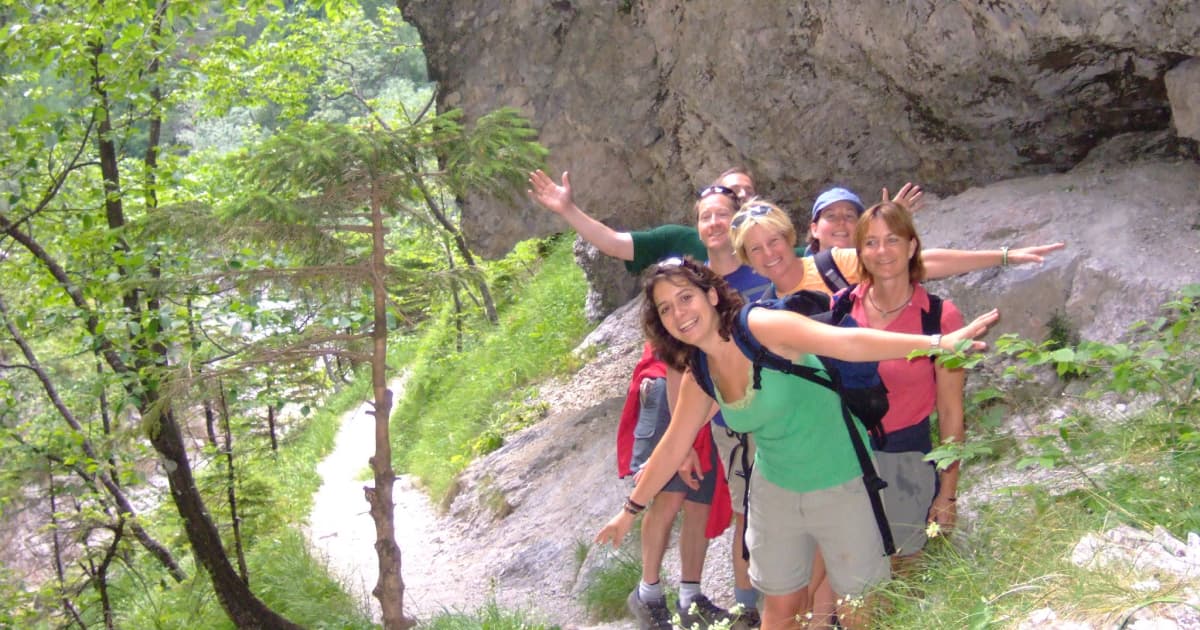
Hey there, fellow wanderer. Picture this: You’re perched on a jagged cliff in Patagonia, wind whipping your face as the sun dips behind snow-capped peaks, and your heart’s pounding not from fear, but from that raw thrill of being utterly alive. That’s adventure travel in a nutshell—or at least how it hit me on my first real go at it, a solo trek through Torres del Paine that left me sore, sunburned, and grinning like an idiot. If you’ve ever felt that itch to swap the beach lounger for a backpack and a trail map, you’re in the right spot. This guide isn’t some dry textbook rundown; it’s me chatting with you over coffee about what adventure travel really means, why it hooks you, and how to dive in without face-planting your first time out. Let’s unpack it all, from the basics to the gear that’ll save your bacon, because trust me, nothing beats that post-adrenaline glow when you’ve conquered something wild.
Defining Adventure Travel
Adventure travel isn’t your grandma’s cruise—it’s a deliberate leap into experiences that stir your soul, test your grit, and remind you the world’s bigger than your inbox. At its core, it’s about blending physical challenges with cultural dips and nature’s raw edge, as the Adventure Travel Trade Association puts it: trips packed with activity, immersion, and a dash of the unknown. Think less “all-inclusive buffet” and more “waking at dawn to paddle a kayak through misty fjords while chatting with a local fisherman about ancient myths.” It’s grown from niche expeditions—like the 1953 Everest climb that captivated the world—to a booming industry worth billions, drawing everyone from desk jockeys seeking a reset to lifelong explorers chasing the next horizon.
What sets it apart from plain old tourism? The intent. You’re not just snapping selfies at landmarks; you’re earning your stories through sweat and serendipity. Sure, it can mean heart-racing stuff like white-water rafting or paragliding, but it also covers gentler pursuits like birdwatching in the Amazon or cycling quiet Tuscan backroads. The key? It’s transformative. On my Patagonia jaunt, I didn’t just hike; I untangled years of city stress, one muddy step at a time. And yeah, it’s subjective—what’s pulse-pounding for a newbie might be a warm-up for a vet—but that’s the beauty. It’s your adventure, on your terms.
The Allure of Adventure Travel
Ever wonder why folks shell out for blisters and bug spray when Netflix exists? It’s simple: adventure travel feeds that primal hunger for growth, connection, and a break from the mundane. In a world glued to screens, it yanks you into the tangible—crunching leaves underfoot, sharing laughs around a campfire, or locking eyes with a wild alpaca that stares back like it knows your secrets. Studies back it up: trips like these slash stress hormones, boost endorphins, and even sharpen problem-solving skills, turning you into a more resilient version of yourself. Plus, there’s the eco-boost; responsible operators funnel cash straight to local communities, preserving spots like Nepal’s trails that might otherwise crumble under neglect.
But let’s get real—it’s not all Instagram filters. The real magic? Those unscripted moments that stick. I once got lost on a trail in New Zealand’s Fiordland, only to stumble into a hidden hot spring where a group of Māori elders were sharing kōrero (stories) over tea. We soaked, swapped tales, and I left with a carved pendant and a lesson in humility. Humor me here: Imagine trading your spin class for scaling a volcano in Iceland, lava bubbling below as you high-five strangers at the rim. It’s equal parts terror and triumph, and that’s the hook. Whether you’re chasing sunrises in Bhutan or stargazing in the Atacama Desert, adventure travel whispers, “You’ve got this,” and suddenly, you believe it.
Types of Adventure Travel
Adventure comes in flavors as varied as a street food market, from soft landings for newbies to hard-core hauls for the bold. Soft adventures keep things accessible—like guided hikes in Banff or snorkeling Bali’s reefs—focusing on enjoyment over exhaustion, perfect if you’re easing in without the Everest-level commitment. Hard adventures crank the dial: Think multi-day treks in the Himalayas or ice-climbing in Norway, where specialized skills and stamina are non-negotiable. Then there’s cultural immersion, weaving in homestays with indigenous groups in Peru or language swaps in Morocco, blending adrenaline with empathy.
Overlanding and wildlife safaris add nomadic flair—bouncing across Africa’s savannas in a rugged 4×4, binoculars glued to a lion pride at dusk. Water-based quests, from surfing Portugal’s swells to diving the Great Barrier Reef, lure the aquatic souls, while aerial thrills like zip-lining Costa Rica’s canopies or hot-air ballooning Cappadocia’s valleys defy gravity. And don’t sleep on family twists: Kid-friendly versions, like pony treks in Iceland, make it inclusive. Each type scratches a different itch, but they all share that electric buzz of discovery. My pick? A hybrid: Kayaking New Zealand’s fjords by day, then a Māori hangi feast at night—pure poetry.
Soft vs. Hard Adventures
Soft adventures are the gateway drug—low-barrier fun like e-biking the Danube or yoga retreats in Bali, emphasizing recharge over reach. They’re ideal for beginners or those with iffy knees, blending light exertion with wow-factor views. Hard adventures? That’s the deep end: Technical climbs in Yosemite or polar bear spotting in Svalbard, demanding fitness, training, and a “what could go wrong?” shrug. Both build confidence, but soft ones nurture it gently, while hard ones forge it in fire. Pro tip: Start soft, graduate to hard—your ego (and quads) will thank you.
Emerging Trends in 2025
2025’s vibe? Sustainable twists on classics, like regenerative safaris in Namibia that fund anti-poaching or micro-adventures closer to home, à la Alastair Humphreys’ ethos of backyard quests. Wellness weaves in too—think forest bathing in Japan’s yakushima or sound-healing hikes in Sedona. Tech amps it up: AR-guided trails in the Alps or drone-filmed paraglides in Queenstown. And inclusivity reigns: Adaptive gear for disabled explorers in Antarctica or women-only climbs in the Dolomites. The shift? Less bucket-list ticking, more soul-stirring impact. It’s adventure evolved—kinder to the planet, deeper for the spirit.
Top Adventure Destinations for 2025
From hidden Himalayan hamlets to volcanic Vietnamese isles, 2025’s hotspots blend untamed beauty with fresh accessibility. Kazakhstan tops lists for its steppe-spanning Silk Road vibes—hike Sairam-Ugam’s trails or yurt-camp under endless skies, far from the crowds. Morocco’s Atlas Mountains call with new direct flights from NYC, perfect for multi-day treks to Berber villages or Sahara starlit overnights. Closer to home, Canada’s Icefields Parkway dazzles with glacier hikes and wildlife spotting, while Bulgaria’s Bansko morphs into a year-round haven for digital nomads chasing lifts and lakes.
For pure wow, Peru’s Huayhuash Circuit rivals Patagonia minus the price tag—remote peaks, turquoise lagoons, and zero permit hassles. Asia shines with Laos’ Vang Vieng for ziplines over karsts and Vietnam’s Phú Quốc for eco-dives amid coral rebirths. Europe’s got underrated gems like North Macedonia’s lakeside loops, hosting youth Olympics vibes. And don’t overlook the Arctic: Greenland’s new Viking cruises promise ice-kayaking and Inuit lore. These spots aren’t just pretty; they’re portals to self-discovery. I chased auroras in Iceland last winter—froze my toes off, but that green glow? Worth every shiver.
| Destination | Best For | Why 2025? | Avg. Cost (per person/week) |
|---|---|---|---|
| Kazakhstan | Trekking & Culture | New trails, low crowds | $800–$1,200 |
| Morocco | Desert & Mountains | Direct US flights | $1,000–$1,500 |
| Peru (Huayhuash) | Remote Hiking | Permit ease, off-season deals | $900–$1,300 |
| Laos (Vang Vieng) | Ziplining & Caves | Sustainable eco-push | $700–$1,000 |
| Canada (Icefields) | Glaciers & Wildlife | Post-wildfire recovery access | $1,200–$1,800 |
Pros and Cons of Adventure Travel
Adventure travel’s like that spicy street taco—irresistible, but it might leave you regretting your life choices mid-bite. On the upside, it’s a mental health miracle: Studies show it cuts anxiety by 30%, builds resilience through mini-victories, and fosters global empathy via local chats. Physically? You’re torching calories, toning up, and sleeping like a rock—plus, it juices local economies, with 65% of spending staying put, per UN stats. Socially, it’s a friendship forge; nothing bonds like surviving a storm-soaked tent night. And the stories? Gold. That time I zip-lined Vietnam’s jungles? Dinner-party legend.
But hey, it’s not all sunsets. Risks lurk—injuries from slips or altitude woes hit harder in remotes, and costs can balloon (gear, guides, evac insurance—ouch). Weather whims and physical tolls mean flexibility’s key; one rainout derailed my Bolivian bike trip into a hilarious village detour. Environmentally, overtourism strains trails, though ethical ops mitigate it. Emotionally? Homesickness or culture shock can sneak up. Weigh it: For every con, there’s a conquerable thrill. Just pack patience—and maybe a rain poncho.
Pros:
- Boosts physical and mental health with endorphin highs and nature therapy
- Deepens cultural understanding and supports communities directly
- Creates unbreakable bonds and epic, shareable tales
- Sparks personal growth through challenges met and limits stretched
Cons:
- Higher injury or health risks in rugged, remote settings
- Unpredictable weather and logistics can frustrate plans
- Steeper costs for gear, permits, and specialized travel
- Potential environmental strain if not done sustainably
Essential Gear for Beginners
Gear’s your silent sidekick—reliable, unflashy, but clutch when the trail turns tricky. Start with versatile basics: A 40L backpack like the Osprey Farpoint hauls your world without weighing you down, while merino wool layers (think Icebreaker tees) wick sweat and stink-proof your multi-day wears. Footwear? Break in trail runners like Hoka Speedgoats for grip without blisters—my Patagonia slog saviors. Hydration’s non-negotiable: A 3L CamelBak bladder keeps you sipping, and a Grayl filter bottle turns suspect streams safe.
Layer smart: Base (moisture-wicking), mid (fleece for chill), shell (Gore-Tex jacket for storms). Toss in a headlamp, multi-tool, and first-aid kit stocked with moleskin, ibuprofen, and tweezers—I’ve patched more than one “oops” moment. For tech, a solar charger and Anker power bank keep your phone alive for maps (and selfies). And don’t skimp on sunnies, hat, and reef-safe sunscreen. Pro move: Test everything on a local hike first. I once lugged untested boots through Torres del Paine—blisters for days. Lesson learned: Gear fits you, not the other way ’round.
Packing Like a Pro
Pack cubes are game-changers—Eagle Creek’s compressibles shrink your stash while keeping chaos at bay. Roll clothes to save space; stuff socks into shoes. Prioritize carry-on: Essentials in a personal item for lost-bag scenarios. Weather-proof with dry bags, and embrace multi-use—scarf as towel, buff as mask. Leave room for souvenirs; nothing kills the vibe like an overstuffed duffel. My hack? A “just in case” pouch for random wins like duct tape or earplugs. Travel light, live large—your back (and sanity) will thank you.
Safety and Sustainability Tips
Safety’s your adventure’s unsung hero—ignore it, and your epic turns cautionary tale. First, train up: A weekend clinic for kayaking or climbing builds skills sans surprises. Insurance? Non-negotiable—World Nomads covers evacuations that standard policies ghost. Share itineraries, pack a satellite communicator like Garmin inReach for no-signal zones, and heed locals over apps. Weather apps like Windy are gold; I dodged a Andean storm once by checking forecasts religiously.
Sustainability? Tread light—Leave No Trace: Pack out trash, stick to trails, support indigenous-led tours. Choose carbon-offset flights via Ecosia and outfits certified by the Global Sustainable Tourism Council. Water-wise, refill over buy; reef-safe sunscreens protect corals. It’s not preachy—it’s paying forward the wilds we love. That Bolivian village detour? It taught me: True adventure respects the land, leaving it better than found.
Beginner Must-Dos
Ease in with guided groups via G Adventures—safety nets for skills gaps. Hydrate like it’s your job (3L daily minimum), fuel with nuts and bars, and listen to your body—push, but don’t break. Buddy system for solos; apps like AllTrails for vetted routes. And breathe: First jitters fade fast. My New Zealand hot spring flub? Turned panic to paradise—embrace the detour.
Real-Life Adventure Stories
Stories are adventure’s soul—messy, magical threads that make the miles matter. Take Tim Cope, who horse-trekked 6,000 miles across Eurasia, mirroring nomads from his Siberian start to Hungarian finish, forging bonds over blizzards and black tea. Or Nellie Bly, the 1890s spitfire who circled the globe in 72 days, smuggling a coat as luggage and exposing asylums en route—fierce solo inspo. Modern twist: Wasfia Nazreen, Bangladesh’s first woman to summit Everest, who climbed for girls’ education, turning peaks into platforms.
My own? That Patagonia cliff perch wasn’t solo triumph—it was post-blizzard regroup with a ragtag crew of Aussies and Chileans, trading jerky and jokes till dawn. Laughter amid ache, strangers to siblings overnight. Or the Vietnam zip-line where I froze mid-air, harness creaking, only to whoop down laughing—proof fear’s just the appetizer. These tales aren’t brags; they’re blueprints. They whisper: Go, goof, grow. Yours waiting.
Planning Your First Adventure Trip
First-timers, breathe—planning’s half the fun, like plotting a heist with better views. Nail intent: Thrill-seek? Culture craver? Match to spots—Costa Rica for zip-lines, Bhutan for mindful treks. Budget: $1,000–$2,000/week covers basics; apps like Trail Wallet track it. Book via Intrepid Travel for vetted groups—logistics handled, vibes amplified. Visas? Check Travel.State.gov. Flights? Google Flights hacks snag deals.
Timeline: 3–6 months out for peaks like Everest Base Camp; last-minute for shoulder seasons. Internal link: Our 2025 Destinations Table above? Your roadmap. Pack mindset over stuff—curiosity’s the real MVP. I winged my first Iceland jaunt; chaos ensued, but so did magic. Start small, dream big—your trail calls.
Best Tools and Apps
Apps are your pocket sherpa: Gaia GPS for offline maps, REI’s Co-op Journal for inspo, and EatWith for local eats. Booking? Kayak for flights, Booking.com for eco-lodges. Safety: TripIt organizes chaos; MedJet for medevac. Transactional gold: Rent gear via REI Co-op—try-before-buy bliss. These gems? Saved my bacon in Laos’ backcountry.
People Also Ask
Straight from Google’s whisper network, here are burning questions on adventure travel—quick hits to fuel your fire.
What counts as adventure travel?
It’s any trip blending physical activity, nature, or culture with a twist of challenge—hiking Machu Picchu or cooking classes in Tuscany. No Everest required; it’s about your edge.
Is adventure travel safe for solo travelers?
Absolutely, if smart: Stick to reputable operators, share plans, and trust gut. Millions solo it yearly—my Vietnam zip was solo, and I lived (thrived, even).
How much does adventure travel cost?
Varies wild: $500/week backpacking Nepal to $5,000 for Antarctic cruises. Factor gear ($200–$500) and insurance ($100/trip). Budget hacks: Shoulder seasons, group joins.
What’s the difference between adventure and eco-tourism?
Adventure amps activity; eco focuses conservation. Overlap? Huge—like reef dives funding marine protection. Both win for planet and pulse.
Can beginners do adventure travel?
100%—start soft, like guided Grand Canyon floats. Build skills locally first; operators tailor to you. I did; you will too.
FAQ
Q: What’s the best starter adventure for total newbies?
A: Go for a guided multi-day hike like Iceland’s Laugavegur Trail—stunning, supported, and scalable. It’s got hot springs as rewards; I soaked my doubts away there.
Q: How do I pick a sustainable operator?
A: Hunt Global Sustainable Tourism Council badges, read reviews on Adventure Travel News, and ask about carbon offsets. It ensures your bucks build, not break.
Q: What if I’m not super fit—can I still adventure?
A: Yep! Opt for “soft” like e-bike tours in the Alps or adaptive kayaks in Canada. Focus on joy over jock; adventure’s inclusive, not exclusive.
Q: How to budget for unexpected costs?
A: Buffer 20% for “oh crap” moments—evac, extra nights. World Nomads insurance covers most; my Patagonia rain delay? Covered, no sweat.
Q: Solo female here—safety tips?
A: Join women-led groups via Adventure Women, use Bumble BFF for local connects, and pack a personal alarm. Empowered, not paranoid—I’ve roamed solo from Morocco to Mongolia, unscathed.
There you have it—your blueprint to adventure’s wild heart. Whether it’s a weekend warrior quest or globe-spanning saga, remember: The best trips aren’t perfect; they’re the ones that rattle your cage and refill your cup. What’s your first move? Hit the trail, book that flight, or just daydream a bit longer. Either way, the world’s waiting—go claim your story. Safe travels, friend.
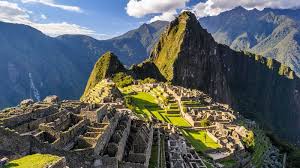
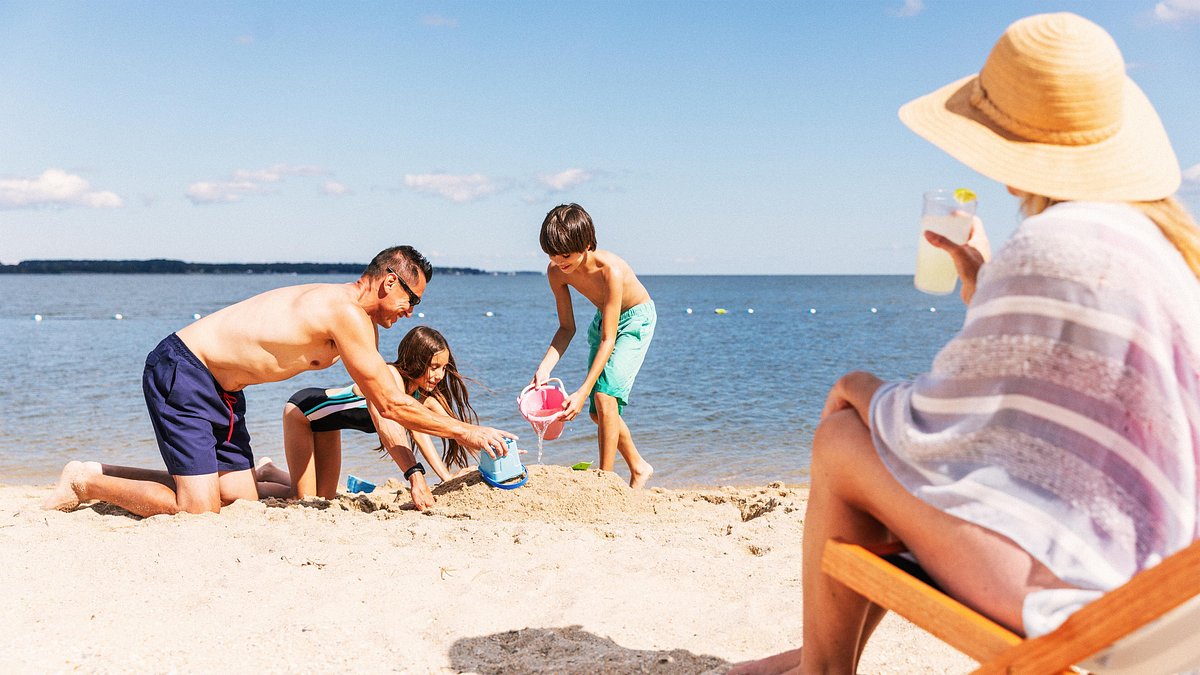
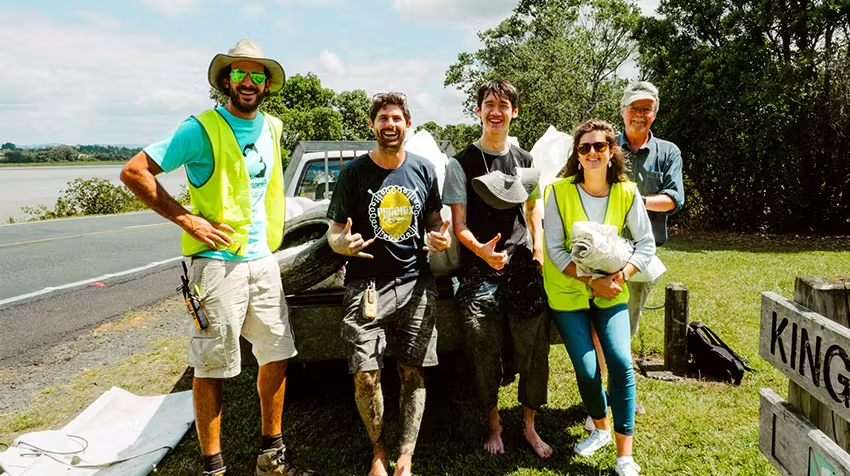
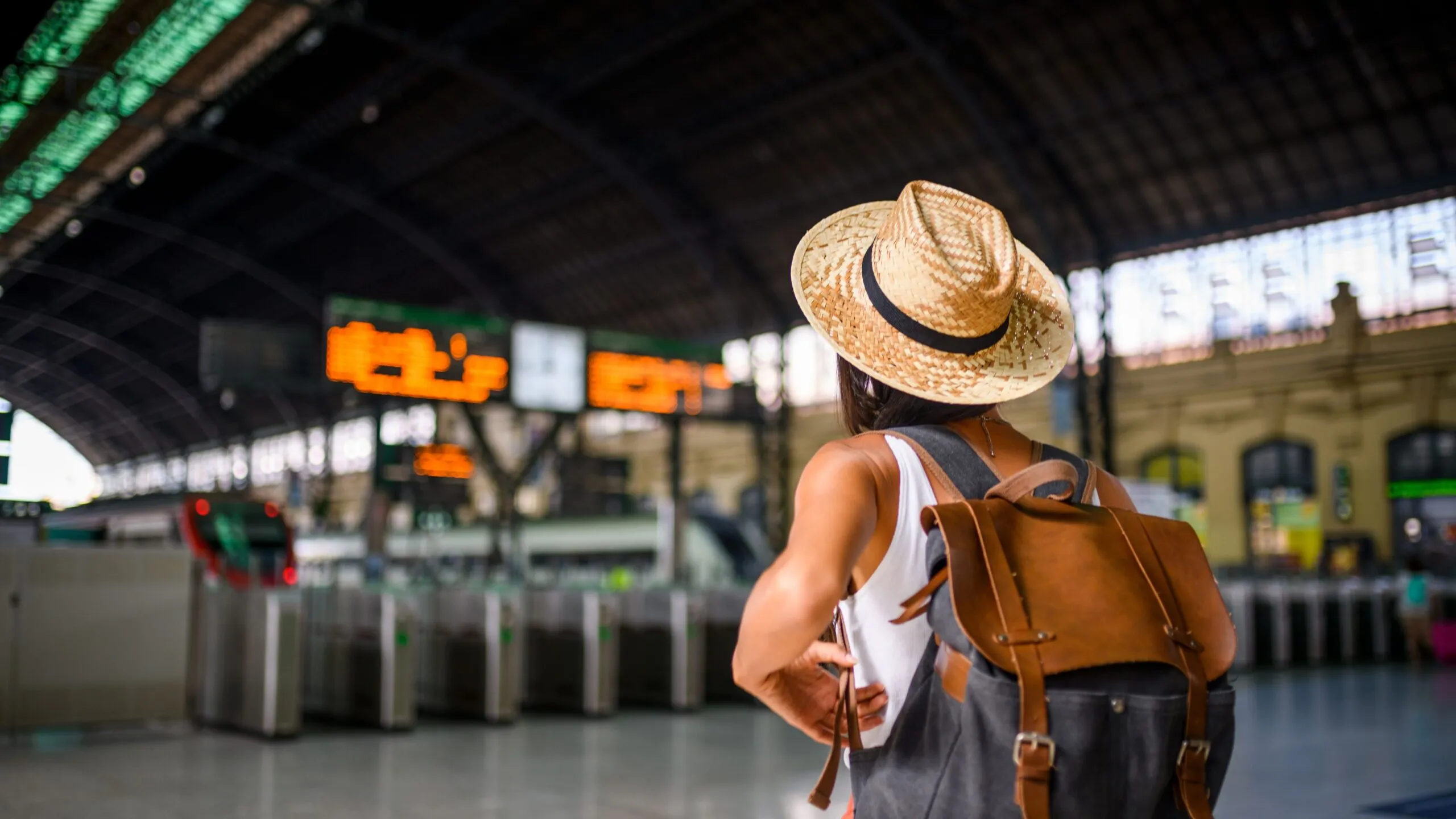
More Stories
Nature and Adventure Travel in the Wild
World’s Best Countries For Adventure Tourism, 2025
What Is Adventure Travel: The Complete Guide